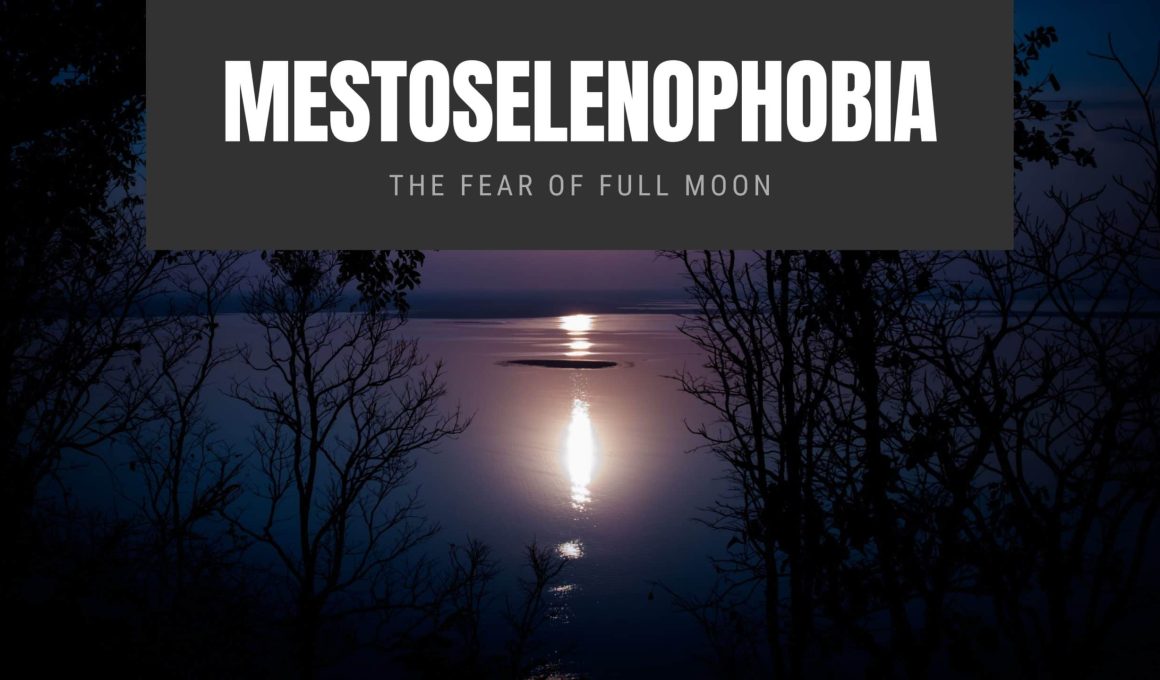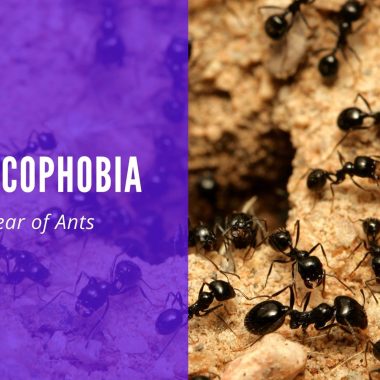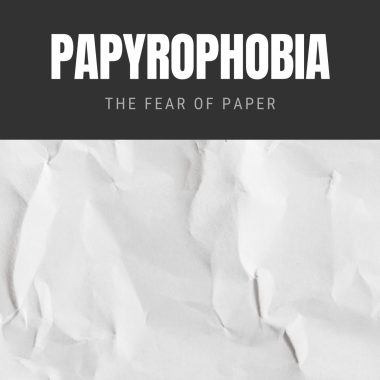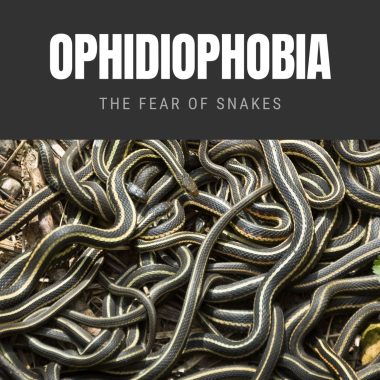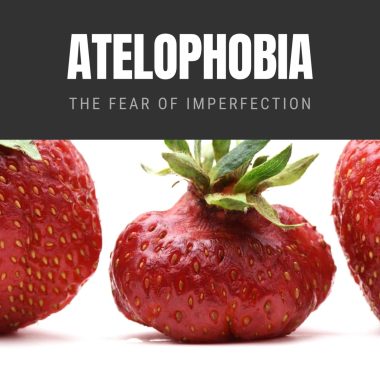Mestoselenophobia is less common than mestosenophilia because more people love the moon than they hate it.
However, we do not deny that Hollywood has painted the full moon as a very spiritual or terrifying celestial object that could turn people into wolves.
Many people even believe that the full moon may bring bad luck or it is the perfect recipe for witchcraft spells. In this article, we will discuss the fear of a full moon.
is the morbid fear of the full moon. The full moon is when the moon is wholely illuminated, giving us the round shape of soft illumination at night.
Many people find this pleasing and soothing, while some view it romantically, but we have a few perceptions of people who do not look forward to a full moon because they are afraid of it.
These people are mestoselenophobic.
Causes of Mestoselenophobia
The causes of mestoselenophobia are a result of some contributing factors, and they are:
Internal Factors
This is one of the most prevalent factors there is in phobia. There are factors involving the internal makeup or effects of the internal condition of an individual.
This condition may be passed down genetically. An ancestor somewhere in the family tree who must have gone mestoselenophobia may die, passing the fearful traits down to his or her descendant. Some other medical conditions are like this as well.
Individuals with medical conditions such as specific phobias or brain injury are likely to develop this condition. For example, a person who is suffering from other phobias such as fear of werewolves, fear of the moon, fear of Halloween, etc.
It may cause someone to develop mestoselenophobia as well.
External Factors
This comes from the surroundings and the individual’s environmental makeup. It may include the background upbringing and traumatic experience.
- Background upbringing: These are the teachings and beliefs inculcated in children to ensure they carry on in their footsteps. This may sound like bonding and all, but this is an excellent way of driving phobia into a child. A child in a community where there is a strange and scary belief or story relating to the full moon will make the child grow up with fears and may later develop into mestoselenophobia. A close relative with this phobia can have a child affected as well, and the child might suffer significantly from mestoselenophobia in the future.
- Traumatic experiences have happened before and leave an indelible mark on a person’s life. These can be distressful events like a terrifying film, book, or news about the full moon (for example, werewolves or monsters and the full moon).
Symptoms of Mestoselenophobia
The mere thought of a full moon can trigger an individual to have a full-blown panic attack, more so than seeing one.
These symptoms are quite disturbing and can affect the individual’s ability to carry out a simple task and do what he or she does daily.
These symptoms are not the same for everybody, as the condition ranges from mild to severe, as do the signs.
The symptoms may include the following characteristics of a panic attack:
- Heart rate palpitations
- Difficulty in breathing
- Inability to speak well
- Dry mouth
- Stomach upset
- Nausea
- High blood pressure
- Trembling
- Sharp chest pain
- Choking sensation
- Lightheadedness
- Excess sweating
- The feeling of lurking doom
Treatment of Mestoselenophobia
Like every phobia, some treatments are efficient and available for the treatment of mestoselenophobia to stop the condition from meddling in the individual’s usual way of living and giving the person total recovery.
The remedies available are divided into the following:
- Psychotherapy
- Medications
Psychotherapy
This is the use of psychological methods by mental health experts to help their clients obtain desired results. This is used in the efficient treatment of phobias, particularly mestoselenophobia.
Cognitive-behavioral Therapy
CBT is frequently used in these techniques. This form of treatment aims to help you pinpoint negative thoughts, beliefs, and behavioral patterns and then turn them into positive ones.
Those negative impressions you have towards the full moon are piped down to make you feel safe.
Exposure Therapy
This therapy involves gradually exposing the patient to their source of fear in a controlled environment under professional superintendence.
This works by desensitizing the person so that they feel anxious at each exposure. This is an effective form of treatment; however, it is not safe, as the risks of making the psychological condition worse are possible; therefore, this should be done by an expert.
Small talks about the moon and your mental condition may be used to start this exposure therapy before graduating to images and artworks of the full moon under a controlled professional setting.
This will make you feel less scared at each encounter.
Hypnotherapy
This is a form of therapy where your therapist opens your subconscious mind to reprogram those negative thoughts, beliefs, and behavioral patterns into positive ones, convincing you that there is no need to be afraid.
This will assure your subconscious mind that you do not need to fear the full moon.
Medication
antidepressant drugs and anti-anxiety medicines can be prescribed to help calm your nerves down whenever your body is triggered by anxiety and panic attacks.
This, however, is not the cure for any phobia, particularly Sanguivoriphobia, but it helps give the patient some temporary relief and helps them bring their emotions under control.
Treating mestoselenophobia may involve either or both therapy and medications. We encourage people with any form of phobia to seek help as soon as possible.
If this article has been useful, read other articles on phobia on this site and leave a comment below.
